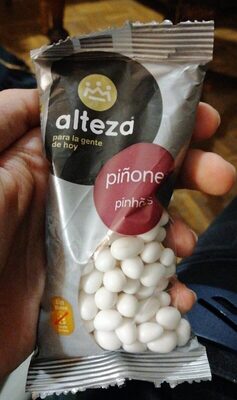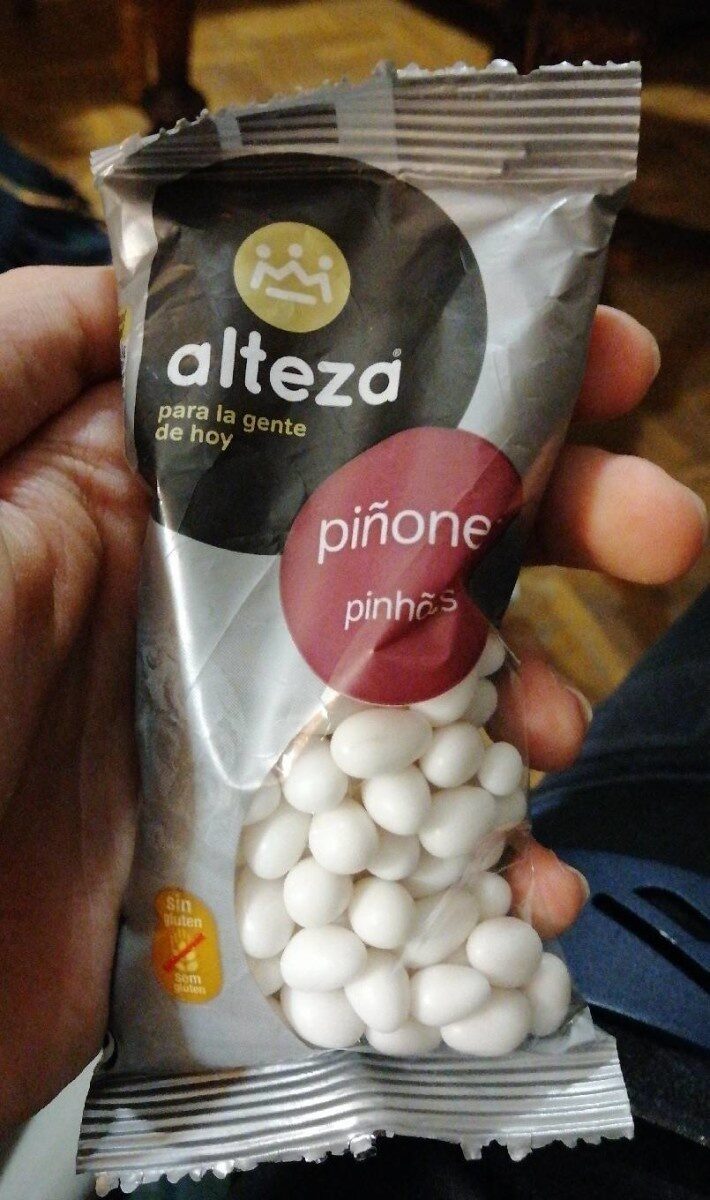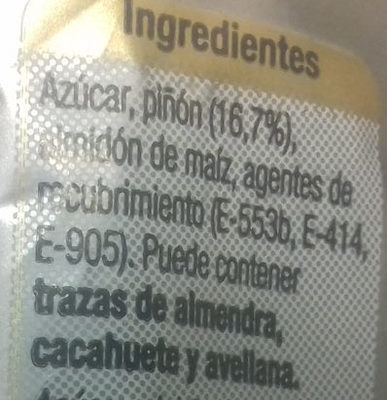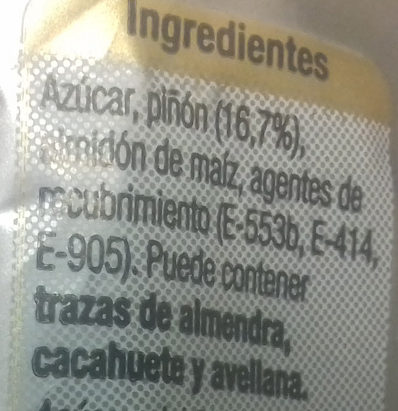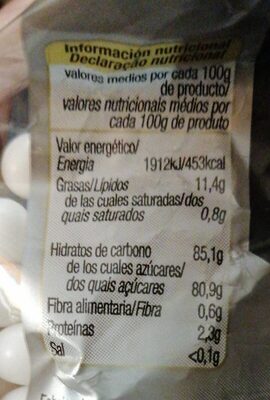Peladillas Alteza - 100 g
Aquesta pàgina del producte no està completa. Podeu ajudar a completar-la editant-la i afegint-hi més dades a partir de les fotos ja disponibles, o fent-ne més amb l'aplicació de androide o iPhone / iPad. Gràcies!
×
Codi de barres: 8480024775757 (EAN / EAN-13)
Nom comú: Piñones. Calidad suprema
Quantitat: 100 g
Empaquetament: Plàstic, en:Bag
Marques: Alteza
Categories: Aliments i begudes amb base vegetal, Aliments amb base vegetal, Snacks, Aperitius dolços, Llaminadures, Aliments festius, Fruits secs i derivats, Aliments i begudes de Nadal, Dolços de Nadal, en:Nut confectioneries, en:Dragées, en:Sugar coated pinenuts
Etiquetes, certificacions, premis:
Lliure de gluten, Punt verd, es:Calidad suprema
Llocs de fabricació o processament: España
Botigues: Alteza
Països on es va vendre: Espanya
Matching with your preferences
Entorn
Petjada de carboni
Empaquetament
Transport
Report a problem
Fonts de dades
Producte afegit per neptuno
Última modificació de la pàgina del producte per spotter.
La pàgina del producte, també editada per kiliweb, packbot, teolemon, yuka.V0tVQU5yNWFxUEFLbnZBaG9SekgvZHhFNklha1hVYVRLT29MSWc9PQ, yuka.sY2b0xO6T85zoF3NwEKvlhNtTPfTnxX9OkPSoGib4PGOD7zxX-x-zI3mGao.
